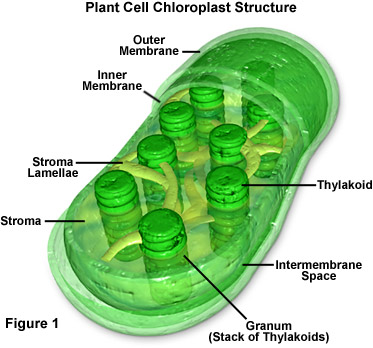Diffusion
The net movement of molecules from a region of their higher concentration to a region of their lower concentration down a concentration gradient.This happens randomly due to the random movement of particles.
Diffusion is important to living organisms.–Photosynthesis–Respiration in humans–Scent from a flower to a bee.
Osmosis
The diffusion of water molecules through a partially permeable membrane.A partially permeable membrane lets some molecule through but not others.Dilute solution to a concentrated solutionHigh water potential to a low water potential .
Cell membranes are partially permeable.The cytoplasm is always on side of the membrane.–The cytoplasm is a solution of proteins and other substances in water.The other side is the surrounding solution.
Osmosis in animal cells
Animal cell membranes can transfer water molecules through it but can not transfer other substances.In pure water the cell expands and can burst, or become hypotonic.
 In a concentrated solution the shrinks and becomes hypertonic.Which way does water flow into the cell or out of the cell:–In pure water–In a concentrated solution
In a concentrated solution the shrinks and becomes hypertonic.Which way does water flow into the cell or out of the cell:–In pure water–In a concentrated solutionOsmosis in plant cells
Plasmolysed: is when the cell membrane, surrounding the cytoplasm, tears away from the cell wall.
The cytoplasm and vacuoles shrink as they lose water causes the cell membrane to tear away from the cell wall.
Active Transport
 The movement of ions in or out of a cell through the cell membrane, but from a region of lower concentration to higher concentration.This is only possible because the cell must use energy to transport the ionsThis energy comes from where?
The movement of ions in or out of a cell through the cell membrane, but from a region of lower concentration to higher concentration.This is only possible because the cell must use energy to transport the ionsThis energy comes from where?The movement of ions in or out of a cell through the cell membrane, but from a region of lower concentration to higher concentration.This is only possible because the cell must use energy to transport the ionsThis energy comes from where?–From respiration
Carrier proteins: are special proteins on the cell membrane that transfer ions into the cell.These proteins change shape to transfer ions, but this change in shape takes energy.Some examples: guard cells in plants and humans small intestines transfer glucose














